Nervous Night by The Hooters
Buy Nervous Night The Hooters big label debut was, by far, their most successful album in America. Nervous Night sold over two million copies, achieving multi-platinum status, and spawned multiple Top 40 hits. […]
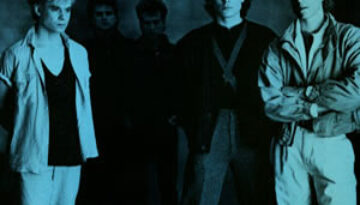
Buy Nervous Night The Hooters big label debut was, by far, their most successful album in America. Nervous Night sold over two million copies, achieving multi-platinum status, and spawned multiple Top 40 hits. […]
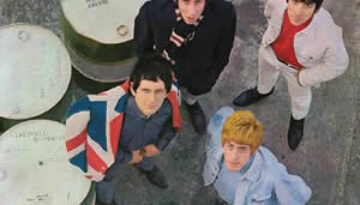
Buy My Generation The Who released an impressive debut album in December 1965 with My Generation. Although the group was initially dissatisfied with the album, it has grown in the past half century […]
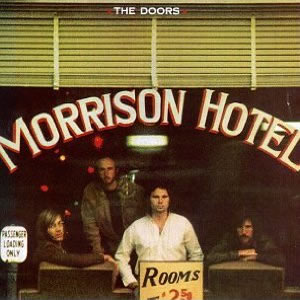
Buy Morrison Hotel Although its actual title has long been in dispute, Morrison Hotel turns out to be an aptly named album by The Doors. Lead vocalist Jim Morrison was involved in composing […]
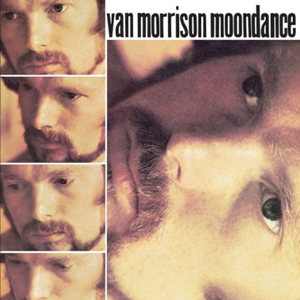
Buy Moondance We’ve covered more music from the year 1970 than from any other year at Classic Rock Review. Through these nineteen articles covering twenty-three different albums, we’ve observed some of the finest rock […]
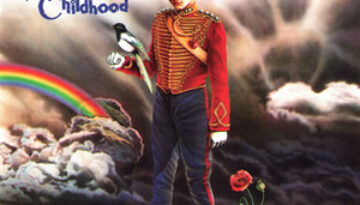
Buy Misplaced Childhood Misplaced Childhood is a 1985 concept album by the British group Marillion, which consists of an LP side continuous pieces of music. Thematically, the compositional lyrics were written by the […]
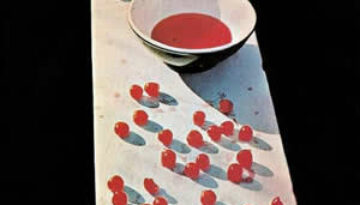
Buy McCartney The second of our three “Life After Beatles” reviews looks at the most controversial release in the sense that it played an indirect role in the group’s demise. Covertly recorded during […]
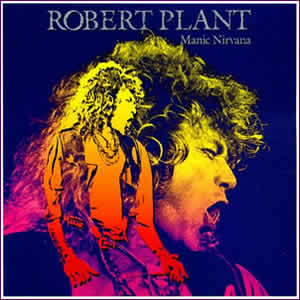
Buy Manic Nirvana If Led Zeppelin had attempted to make a pop-oriented album, it may have sounded like Manic Nirvana. This 1990 release by Robert Plant fuses some of the pop and dance-oriented […]
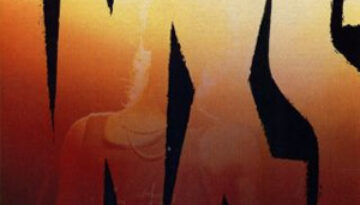
Buy Listen Like Thieves INXS forged their most successful rock formula on, Listen Like Thieves, the 1985 album which would set the pace for the group’s most successful commercial run through the late […]
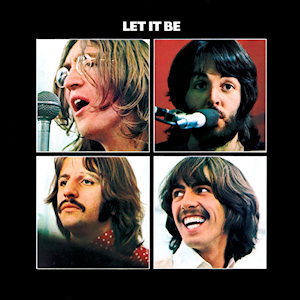
Buy Let It Be Released less than a month after the announcement of their breakup, Let It Be was a unique release by The Beatles on several fronts. First, the bulk of the […]
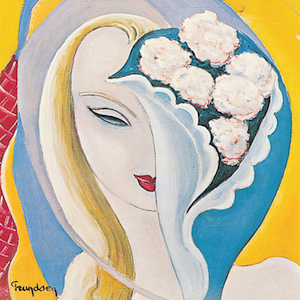
Buy Layla & Other Assorted Love Songs Layla and Other Assorted Love Songs was the sole studio album by super group Derek & the Dominos. A double length LP, the fourteen tracks on […]